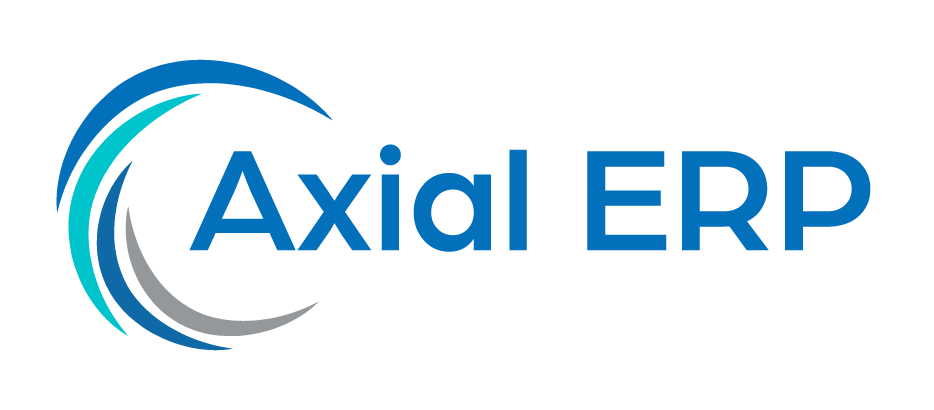Profitability Analysis for Service Offerings through ERP Systems
Currently, companies are constantly seeking to optimize their operations and maximize profitability. A key tool to achieve this is the use of Enterprise Resource Planning (ERP) systems. These systems integrate and automate many of the business practices associated with a company’s operations or production aspects. In this article, we will explore how ERP systems can be used to effectively perform profitability analysis of service offerings, a fundamental task for strategic decision-making in any company.
What is Profitability Analysis?
Profitability analysis is a method that allows evaluating the financial success of different segments of a company. It focuses on identifying the revenues and costs associated with specific areas, products, or services, to determine their contribution to the overall profit margin. This analysis is essential for any organization seeking to improve its financial performance and market positioning.
The Importance of ERP Systems in Profitability Analysis
ERP systems are essential for conducting detailed and accurate profitability analysis. They provide a unified platform that collects data from all areas of the company, allowing for comprehensive tracking and analysis of costs and revenues. Thanks to the integration capabilities of ERP systems, it is possible to obtain a complete view of the financial performance of the services offered.
Implementing an ERP for Profitability Analysis
Implementing an ERP system requires careful planning and execution. For profitability analysis to be effective, the ERP must be properly configured to reflect the structure and specific needs of the company. This includes customizing modules, integrating with other systems, and training users.
Data Collection and Analysis with ERP
Once implemented, the ERP system becomes a powerful tool for data collection. Financial, operational, and customer data are stored in a centralized database, making analysis easier. The reporting and analysis tools built into ERP systems allow companies to identify trends, hidden costs, and improvement opportunities in their service offerings.
Identifying Profitable and Non-Profitable Services
By using an ERP, companies can classify their services as profitable or non-profitable. This is achieved by analyzing the contribution of each service to the profit margin. Services that do not meet profitability objectives can be redesigned or eliminated, while profitable services can be promoted and potentially expanded.
Optimizing Prices and Costs
Profitability analysis through an ERP also allows companies to adjust their pricing strategies. By understanding the detailed costs of services and their impact on profitability, companies can set competitive prices that maximize profit margins without sacrificing demand.
Continuous Improvement and Strategic Decision-Making
Profitability analysis is not a static process; it is a tool for continuous improvement. ERP systems facilitate the periodic review of profitability and help companies quickly adapt to market changes. With up-to-date and accurate information, strategic decision-making becomes more informed and effective.
Conclusion
ERP systems are essential for conducting robust and reliable profitability analysis. They allow companies to comprehensively evaluate the profitability of their service offerings, resulting in a better understanding of their financial performance and more informed decision-making. In an increasingly competitive business environment, ERPs have become indispensable tools for success and sustained growth.



